The Royal Navy has successfully utilised its smallest warships as launchpads for autonomous mine hunting operations for the first time, according to the Royal Navy in a press release.
Seven P2000 patrol vessels from the Coastal Forces Squadron participated in NATO’s annual Baltic exercise, Baltops 24, demonstrating new capabilities in the security and safety operations of the region.
According to the release, HMS Puncher and Pursuer hosted experts from Zulu Squadron of the Mine and Threat Exploitation Group along with their autonomous craft. The team deployed IVER 3 Autonomous Vehicles to scan the seabed for potential mines and Video Ray Defender remotely operated vehicles to provide live footage for safe identification of mines.
The Royal Navy states that Zulu Squadron successfully surveyed 620,000 square metres of a historic minefield in the Gulf of Riga, Latvia. This trial aimed to assess the feasibility of deploying expeditionary mine hunting equipment on global operations.
Lieutenant Malcolm Andrews, Zulu’s Operations Officer, remarked, “I hope that the success we have had on Baltops 24 has proved the utility of the innovative equipment and sees the navy expand its expeditionary mine hunting capability into the future.”

Elsewhere, other P2000s such as HMS Archer, Ranger, and Example conducted exercises in the Stockholm Archipelago, refining coastal warfare tactics and serving as simulated enemy forces for Swedish and Dutch navies.
Commander Richard Skelton, Commander Coastal Forces Squadron, noted, “This year has had the added bonus of successfully deploying a minehunting capability from the platform and being able to clear a significant area of historic ordnance.”
The Royal Navy says that the squadron also collaborated with US forces specialising in Survival, Evasion, Resistance, and Escape (SERE) techniques, facilitating joint operations with US aircraft and Lithuanian patrol vessels to rescue downed aircrew.
The P2000 patrol vessels, each 68ft long with a crew of five, continue to demonstrate their versatility in a range of environments, fulfilling operational tasks both in UK waters and beyond.
According to the Royal Navy, following their successful deployment in Baltops, the Coastal Forces Squadron is now participating in the renowned Kieler Woche sailing regatta in Kiel.


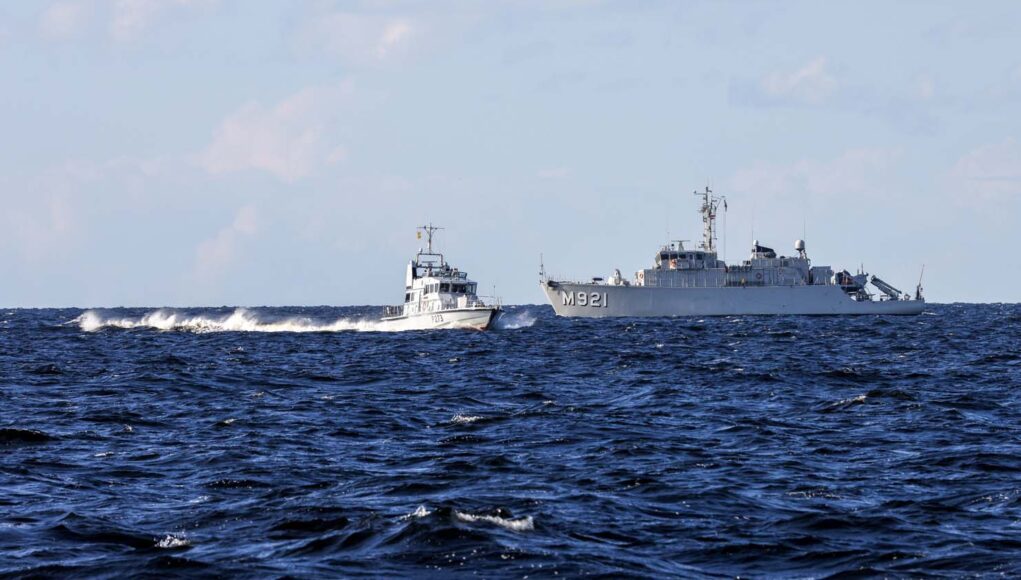
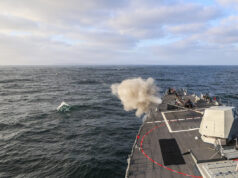
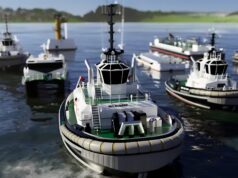
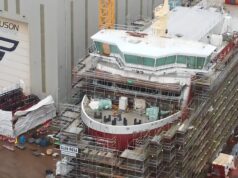
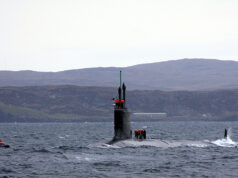
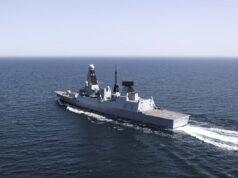

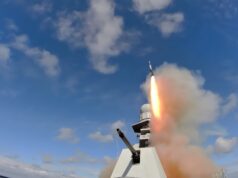
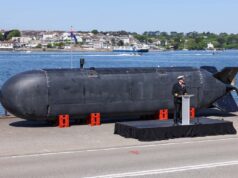
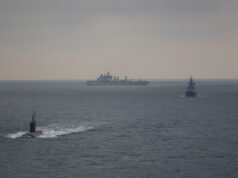
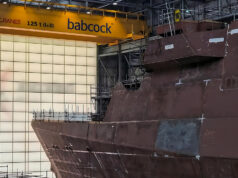

Many happy (and often hazy!) memories of P2000s from my time in an URNU.
While it is a shame that now each of the URNUs don’t have a dedicated ship, and as I understand it sea time for students is greatly reduced, seeing the P2s being used “actively” is great.
Reading yesterday in navy outlook that the RN wants three purpose built military grade vessels to accompany RFA Stirling castle. Their principal gripe with Stirling castle is that it’s too small with only 600m2 of working deck space when they want 1000m2. (Sounds like an LSD)
Not sure how I feel about this, seems very much like we are going down an expensive bespoke military solution for a few marginal benefits and something grey and pointy with a gun in the front because the navy likes grey pointy things with guns on the front.
Odd couple of statements from the RN. They want ” non complex ” warships for MRSS and new mine hunting motherships. Netherlands and Belgium have ordered bespoke MCM vessels similar in size to BMTs Venari design. But if vessels as small as the P2000 can operate remote mine detection, what exactly does the RN want? And why?
I did some calcs on NL .
Ignoring the boat footprints and their stowage and handling frames which are bigger than ISO containers, you would need at least 300Sqm of deck space just for the containerised support elements…probably more.
Making it Milspec ish and RN manned negates the crewing issues that the RFA are experiencing.
It gives back some sea drafts to those who join the World of Muppets which will go as Hunts and Sandowns are decommissioned.
They can do a lot more to protect the boats when they are out doing their thing.
Here’s a question, would a ship with a working deck space of 1000m2 be able to work as a mothership for P2000s?
I think, having read that article, they’re most concerned with the FP side. Stirling is for UK waters.
The other 3 might need to deploy into war zones, so need mil spec rather than being a converted merchant ship.
Small boats operating REMUS pods is fairly common world wide. REMUS pods replaced the side scan sonars towed by these boats for Q-route (shipping lane) survey.
What is the difference here? What is the first? This UUV provides real time mine detection? (REMUS pod uses recorded data, to my understanding, and hence just do preplanned scanning)
USN Mk VI which is of a comparable size could deploy Remus. It had a winch and skid assembly fitted (FFBNW!) when required. They could also deploy other remote systems such as Switchblade.
Being able to deploy a real time capability on a small boat is an important thing to have. You don’t need the P2000 . Turn up in a port anywhere , hire or buy with the Mod Credit Card (!) a launch and crack on.
So, next step is autonomous ASW launched from a RHIB then?
A 11m workboat with a thin line array has been trialled.
There are small scale LF Active arrays around …sort of a mini S2087/captas that could fit on a small workboat.
Couple of vertically angled tubes pointing down to the sea that allow a torp to slid out into the water. Position the boat over or near a sub would be straight forward compared to a conventional HP air fired tube.
Big issue is the data link. It’s going to need a lot of bandwidth for the data even after some basic on boat processing. If it’s over the horizon you are then looking at relay drones flying around and/or a MESH network of other boats in the water.
Is it feasible to construct an effective sonar detector by combining the signals from a pair of LF arrays on two workboats working within line of sight of each other; as it were like the two ends of a long array with the middle bit missing. Communicating like floating mobile phone aerials.